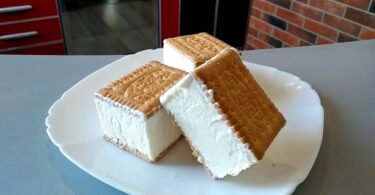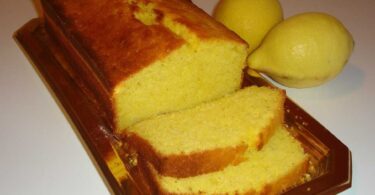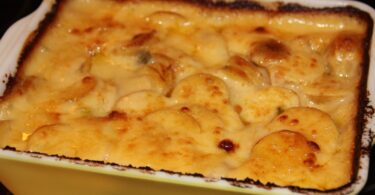When it comes to electrical safety, understanding what not to plug into a power strip is just as important as knowing how to use one safely. Power strips, also known as extension blocks or multi-socket adapters, are convenient for expanding the number of electrical outlets available. However, they have limitations and should not be used for certain devices or appliances. Here are nine things you should never plug into a power strip:
- Large Appliances: Power strips are not designed to handle the high wattage requirements of large appliances like refrigerators, air conditioners, or washing machines. Plugging these devices into a power strip can overload it, leading to overheating and posing a fire risk.
- Space Heaters: Space heaters draw a significant amount of power and should always be plugged directly into a wall outlet. Using a power strip for a space heater can overload the strip and create a fire hazard.
- High-Wattage Devices: Devices that require a high wattage, such as microwave ovens, toaster ovens, or hairdryers, should not be plugged into a power strip. These devices can exceed the power strip’s capacity and cause it to overheat.
- Multiple Extension Cords: Plugging multiple extension cords into a power strip can overload the strip and increase the risk of overheating. It’s best to plug extension cords directly into a wall outlet.
- Electric Grills or Fryers: These appliances draw a significant amount of power and should be plugged directly into a wall outlet. Using a power strip for these devices can overload it and create a fire hazard.
- Medical Equipment: Devices like CPAP machines or oxygen concentrators should always be plugged directly into a wall outlet to ensure a continuous power supply. Using a power strip for these devices can be dangerous in case of a power outage.
- Power Tools: High-powered tools like drills, saws, or sanders should not be plugged into a power strip. These tools can exceed the power strip’s capacity and cause it to overheat.
- Aquariums: Large aquariums with heaters, pumps, and lighting should be plugged directly into a wall outlet. Using a power strip for an aquarium can overload it and pose a risk to the fish.
- Home Entertainment Systems: Plugging multiple devices like TVs, game consoles, and sound systems into a power strip can overload it and increase the risk of electrical hazards. It’s best to plug these devices directly into a wall outlet.
In conclusion, while power strips are convenient for expanding the number of electrical outlets, they have limitations and should be used carefully. Always read the manufacturer’s instructions and avoid plugging high-wattage devices or appliances into a power strip. By following these guidelines, you can help prevent electrical hazards and keep your home safe.









Leave a Comment